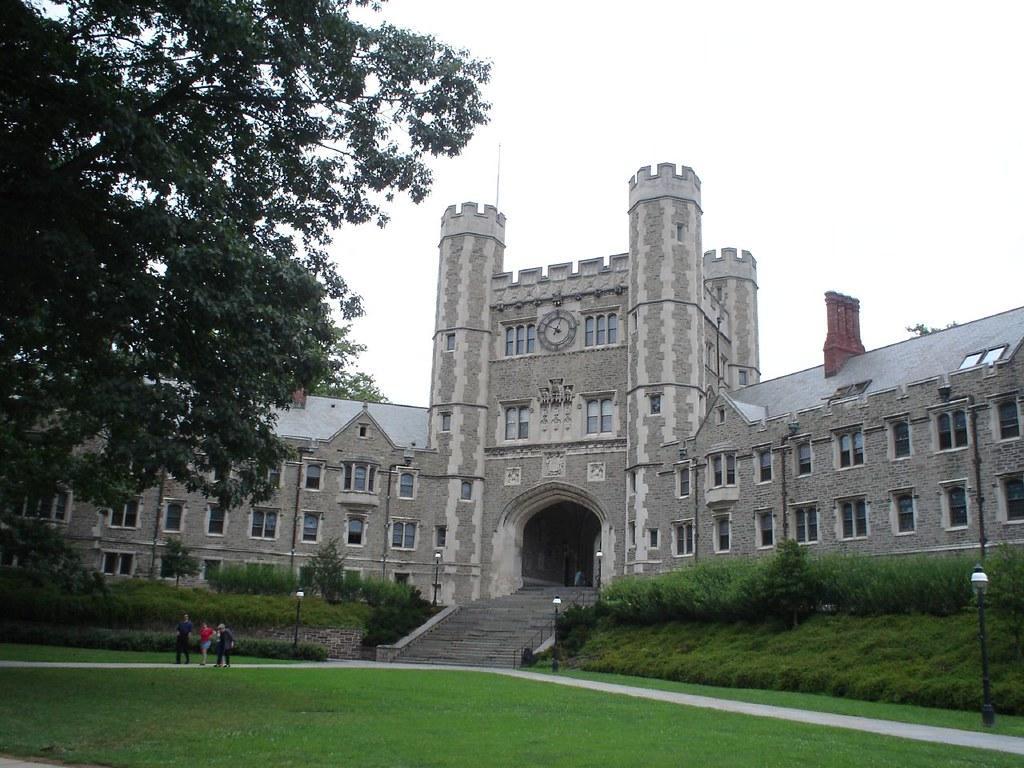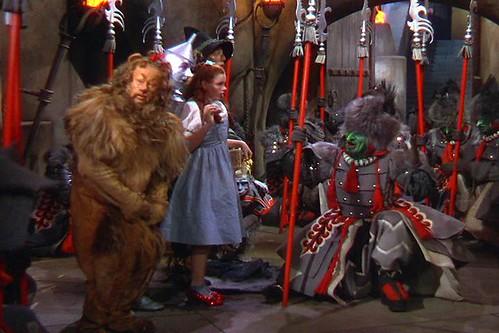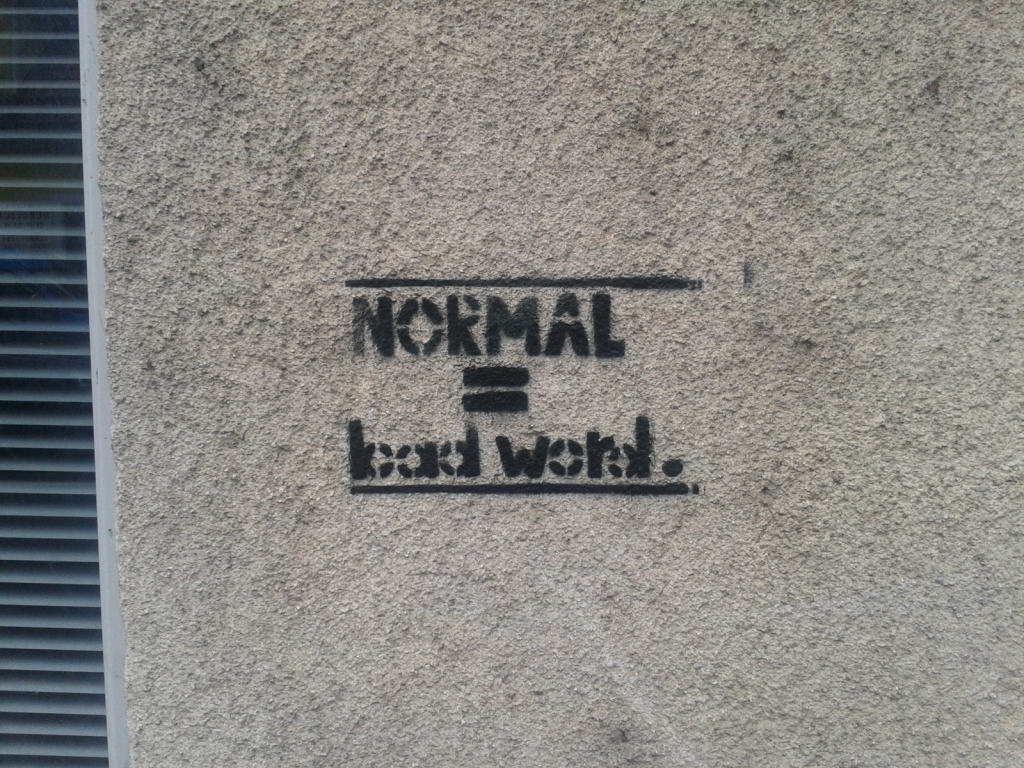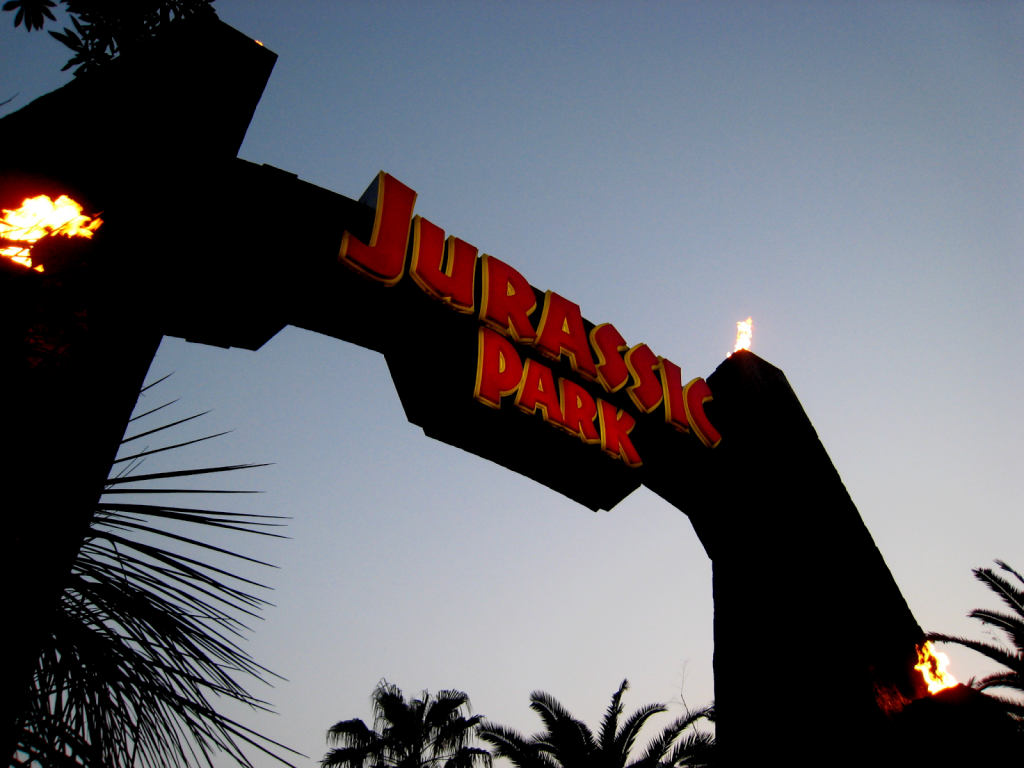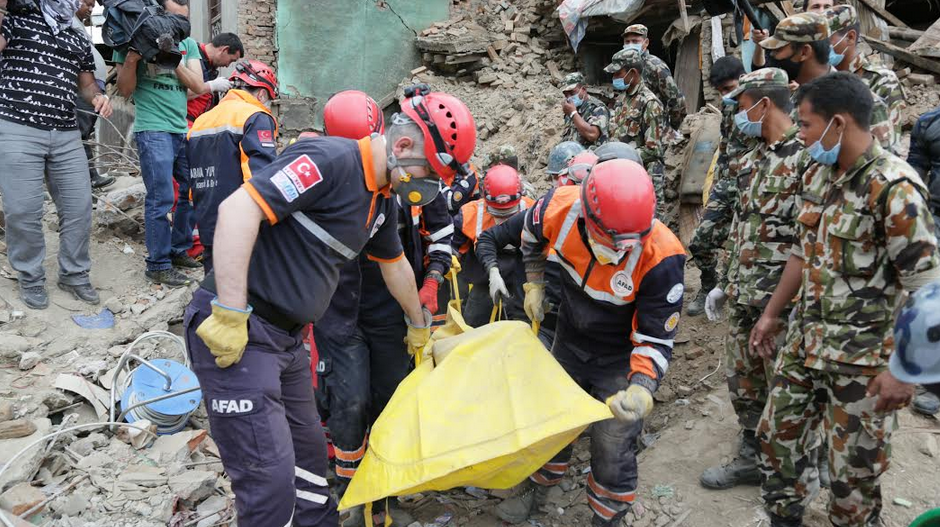by Raj Vaidya, staff reporter
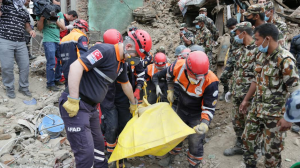
“I’m actually surprised that the earthquake was able to kill so many people,” junior Kaila Pulley said. Photo from public domain.
Nepal was recently ravaged by a 7.9 magnitude earthquake, leaving nearly 4000 dead and even more displaced without a home. It was the strongest earthquake to hit Nepal in more than 80 years, and scientists are now asking why.
“I’m actually surprised that the earthquake was able to kill so many people,” junior Kaila Pulley said.
Part of the answer lies in Earth’s tectonic plates. These huge pieces of land, often encompassing entire continents, are constantly rubbing and bumping against each other because of the intense heating and churning created in the earth’s core.
Nepal is straddled in the fault line formed between two such tectonic plates. To put into perspective just how powerful these two plates are, between 40 and 55 million years ago, the huge Himalayan mountains were erected as a direct result of the Indian plate shoving itself under the Eurasian plate, driving the land skyward.
This ancient collision is still going on, as the plates continue to converge into each other at the rate of 5 cm a year, and it had a terrible aftereffect on April 25th: the huge 7.9 magnitude earthquake that devastated the nation.
“If these plates could make the actual Himalayan Mountains, it’s no surprise that it caused so much damage” sophomore Renee Choong said.
Worse yet, some areas, like the heavily populated Kathmandu, are sitting atop a 300 meter deep layer of clay, which only worsens the effect. The clay focuses and magnifies the seismic activity resulting in a phenomena known as soil liquefaction (similar to quicksand), causing even more damage than usual.
Nepal, therefore, is especially vulnerable to future, potentially further-reaching catastrophes. Its location relative to the two plates and the composition of the soil makes Nepal an unfortunate candidate for such disasters.
